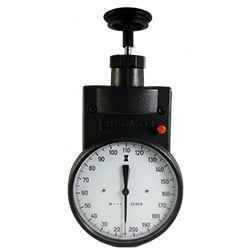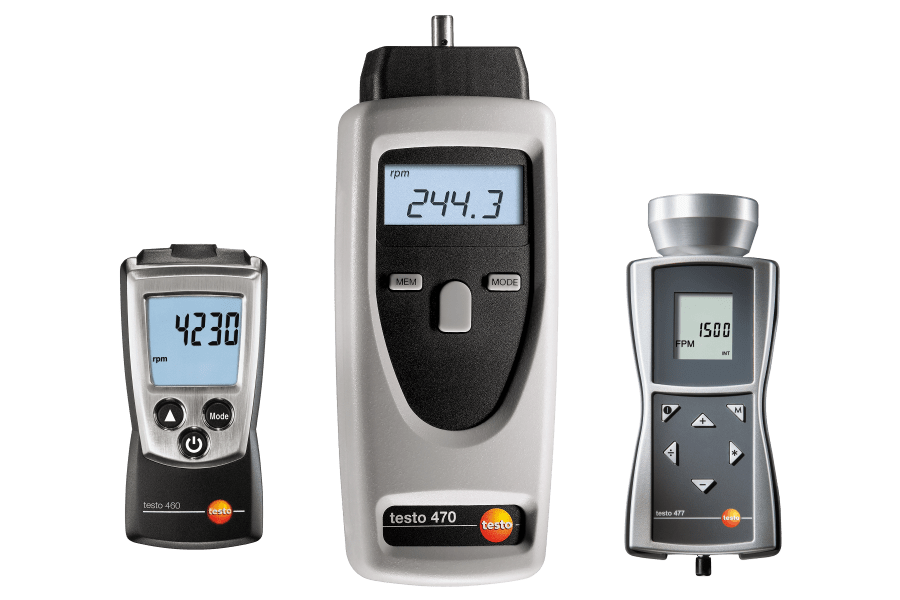Tachometer Basics: Every Little Thing You Need to Know for Accurate Readings
Tachometer Basics: Every Little Thing You Need to Know for Accurate Readings
Blog Article
The Value of a Tachometer in Checking Engine Rate and Efficiency in Automotive Applications
In the realm of auto design, the tachometer stands as an essential tool in the vehicle driver's arsenal, offering a direct home window right into the internal workings of a car's engine. Beyond its function as a mere gauge of revolutions per minute (RPM), the tachometer functions as a critical device for lovers and experts alike, providing real-time insights right into engine performance and health. Comprehending the importance of this gadget surpasses surface-level observations, diving into the detailed partnership between engine speed, power output, and overall driving experience. As we discover the complex duty of the tachometer in automobile applications, a much deeper admiration for its effect on car characteristics and efficiency starts to arise.
Significance of Keeping Track Of Engine RPM
Keeping an eye on engine RPM, or transformations per minute, is a vital element of automotive maintenance and performance assessment. Engine RPM straight associates with the rate at which the engine's crankshaft revolves, suggesting how quickly the engine is running - tachometer. By keeping an eye on RPM, technicians can evaluate the health of the engine, discover possible issues, and fine-tune performance. An unusual RPM analysis may indicate problems such as engine misfires, malfunctioning stimulate plugs, or issues with the gas delivery system. Constantly high RPM readings could show hostile driving habits or the requirement for a higher gear change to enhance fuel effectiveness.
In addition, keeping an eye on engine RPM is necessary for efficiency assessment in auto racing and high-performance automobiles. In summary, monitoring engine RPM is not only crucial for discovering problems but additionally for maximizing engine efficiency in different automotive applications.

Advantages of Real-Time Data
In vehicle applications, real-time information plays a crucial duty in supplying instantaneous insights right into the efficiency and condition of the automobile. By continually keeping an eye on various specifications such as engine speed, temperature level, fuel intake, and much more, real-time data uses many benefits that add to enhanced efficiency and safety and security on the roadway.
Additionally, real-time information assists in efficiency optimization by offering immediate responses on driving behaviors and engine effectiveness. Motorists can readjust their behavior in real-time based on this details to achieve better gas economic climate and prolong the lifespan of their lorry.

Moreover, real-time data plays an important duty in contemporary vehicle diagnostics, enabling service technicians to rapidly identify and address breakdowns. This causes lowered downtime, reduced maintenance prices, and inevitably, boosted overall lorry reliability and longevity (tachometer). By harnessing the power of real-time data, automotive stakeholders can make enlightened choices that positively influence both the performance and durability of the lorry
Influence On Equipment Shifts
The tachometer plays a critical role in enhancing gear changes by giving real-time engine speed data to the driver. When approaching the redline on the tachometer, it signifies the chauffeur to upshift to prevent over-revving the engine and triggering possible damage.
In addition, the tachometer aids in attaining smoother gear shifts, particularly in hands-on transmissions. By keeping track of engine rate, drivers can perform equipment changes at the ideal RPM variety, reducing snagging activities and minimizing endure the transmission elements. This accuracy on duty changes not only boosts driving comfort yet additionally contributes to sustain performance.
Enhancing Fuel Performance
Given the critical duty the tachometer plays in enhancing gear shifts for efficiency her latest blog and engine health, it straight adds to maximizing gas performance in vehicle applications. By offering real-time responses on engine speed, the important link tachometer helps drivers in maintaining the most efficient RPM array for gas economic situation. When drivers consistently keep an eye on the tachometer and readjust their motoring practices appropriately, they can stay clear of unnecessary gas intake triggered by over-revving or lugging the engine.
Furthermore, the tachometer aids motorists recognize the most fuel-efficient equipment to be in at any provided moment, preventing the engine from functioning more difficult than necessary. In conclusion, the tachometer serves as a useful tool in boosting fuel performance by advertising optimum driving routines and identifying areas for improvement in the automobile's efficiency.

Maximizing Engine Long Life
The tachometer's duty in checking engine rate and performance contributes in making certain the long life of automotive engines. By utilizing the tachometer properly, chauffeurs can maximize engine longevity with conscious RPM administration. Continually revving an engine expensive can bring about too much damage on essential components, such as the pistons, shutoffs, and bearings. In time, this can lead to reduced engine efficiency and prospective breakdowns. Monitoring the tachometer allows chauffeurs to remain within the recommended RPM array for their automobile, preventing unneeded pressure on the engine and prolonging its life expectancy.

Conclusion
To conclude, the tachometer plays a crucial function in keeping an eye on engine speed and efficiency in automotive applications. By offering real-time information on RPM, it enables for reliable gear changes, boosted fuel efficiency, and optimized engine durability. This device is vital for maintaining optimum engine performance and making certain the total capability of an automobile.
Report this page